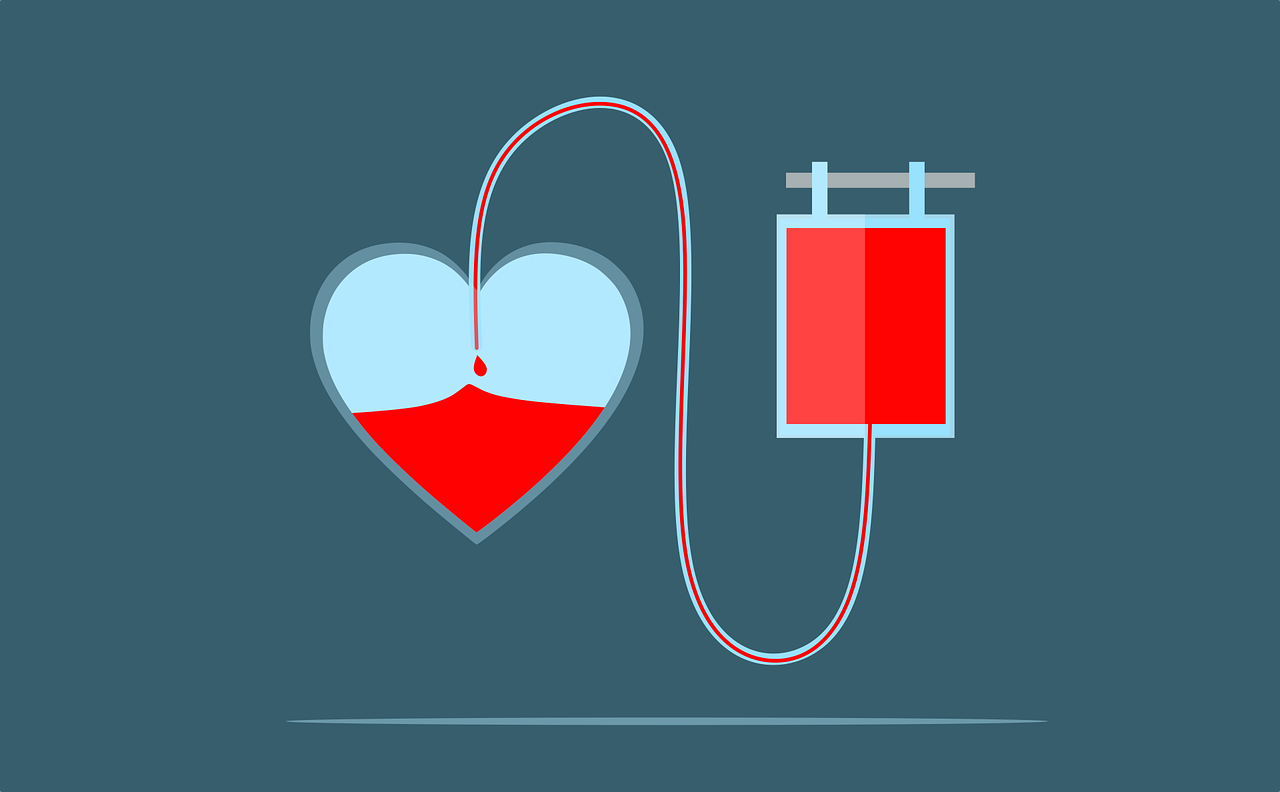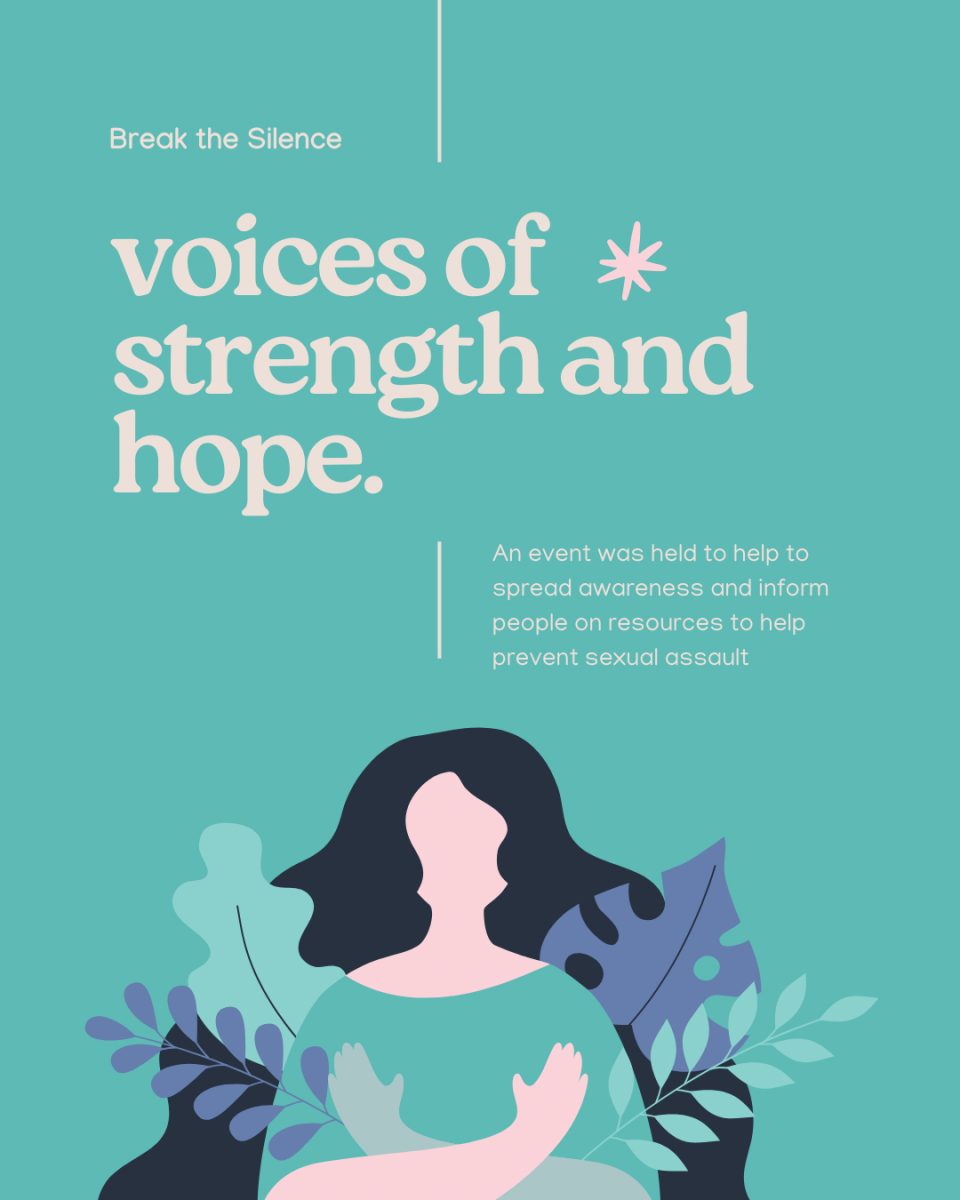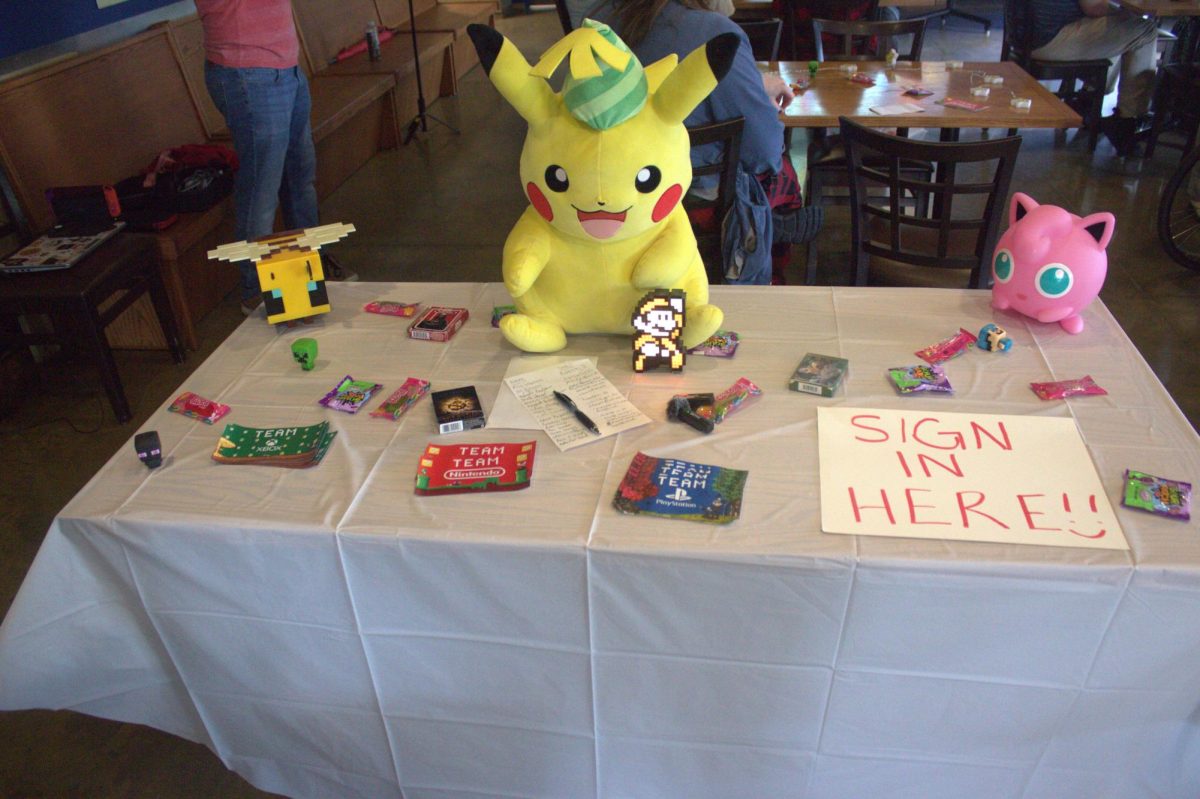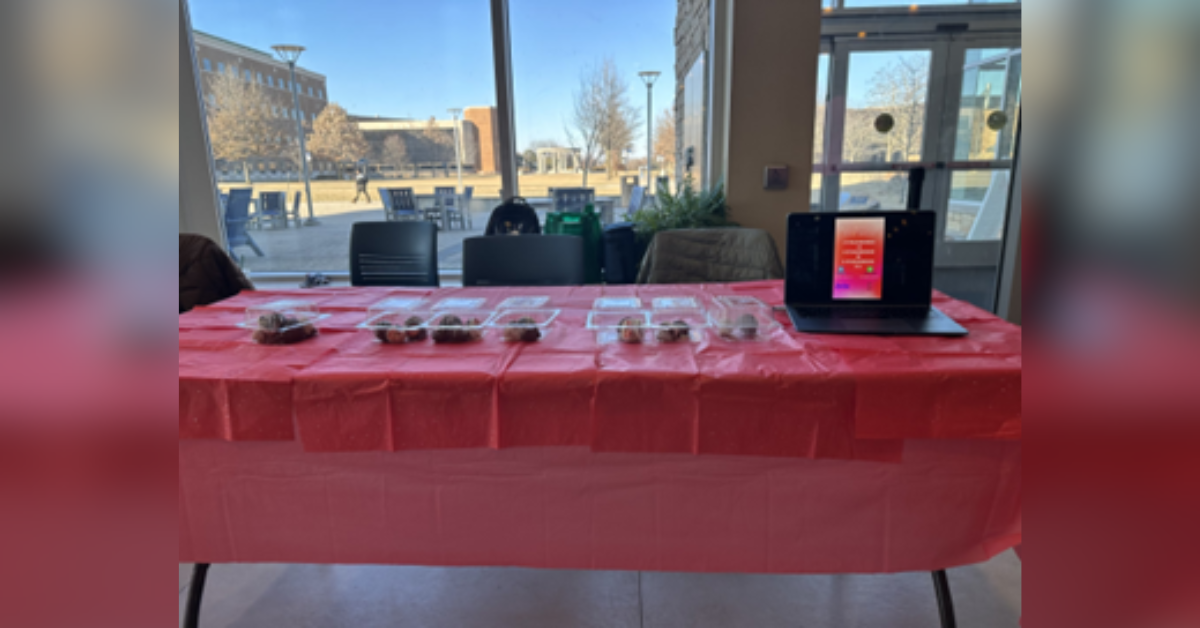Most of you have likely encountered the issue of a national blood shortage going on in the United States. According to the America’s Blood Centers website and donation centers, due to the major culture shift resulting from the COVID-19 pandemic, blood donations have been at an all-time low over the past few years. More people working remotely, becoming more prone to staying indoors, and persisting paranoia resulting from the panic of the initial pandemic have led to a large decrease in people willing to donate. In January of last year, the American Red Cross issued its first-ever national blood crisis in response to record-low supply as hospital cases began to ramp up following the loosening of lockdown procedures. Vitalent, another blood supplier, claims that as of Jan. 9 this year, their beneficiary hospitals have reached a blood supply level of 50% from what they were in 2019, leaving many to their lowest reserves and patients needing transfusions on a waiting list. While donations and supplies have slowly begun to rise since the spring of 2022, there is still a large gap in the national blood supply that is affecting people’s health.
One patient affected by this was one Kristen Mills of Spring Grove, Illinois. According to an account given to the American Red Cross, Kristen regularly needed blood transfusions during the years following the initial pandemic. She often waited two to three days for a transfusion, which, according to her account, is a “long time when you are waiting for something that could save your life.”
The most recent blood drive held in Springfield by the American Red Cross (at which this reporter was a volunteer) ended up with a very low turnout of donors leading to the event falling far below its goal. While this low turnout was, in part, likely the result of a sudden change of location, based on the appointment list, only a few more than a dozen people signed up in advance in the first place, which would have still been a very low-performing drive.
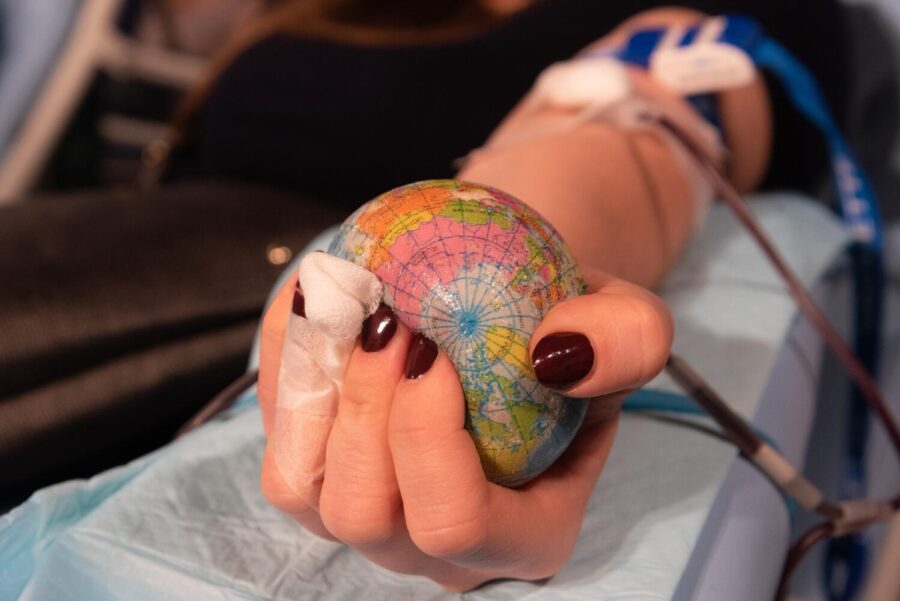
Of course, many students have attended blood drives both in the past and recently, and the number of students who attend has been steadily increasing a heartwarming feat. Of course, there are still many who don’t donate, and this is a call out to any who have never considered or may question their ability to donate. To those ineligible, there are other ways to get involved in helping save lives. The American Red Cross here in Springfield is also involved in many other volunteer activities and efforts. Their “Sound the Alarm” event coming up this March will involve volunteers going into houses (with the owner’s permission, of course) to set up fire alarms free of charge for homes that need them.
The Association of Donor Relations Professionals (ADRP) estimates that a patient needs a blood transfusion every two seconds in the U.S. Each year, only about 3% of the population donates blood (a statistic from even before the pandemic). If you are interested in any way – from volunteering to donating blood yourself or volunteering for drives and programs – one of the simplest ways to do so is by looking up the Red Cross Club here on campus via UIS Connect to find information on upcoming events or how to get involved yourself. Of course, you can always look up donation sites and organizations to find one that fits your own schedule.
If you have the time and want to make a difference, look for local blood drives or donation centers nearby and donate. While not all may be eligible, it’s always worth a try to help save lives.

